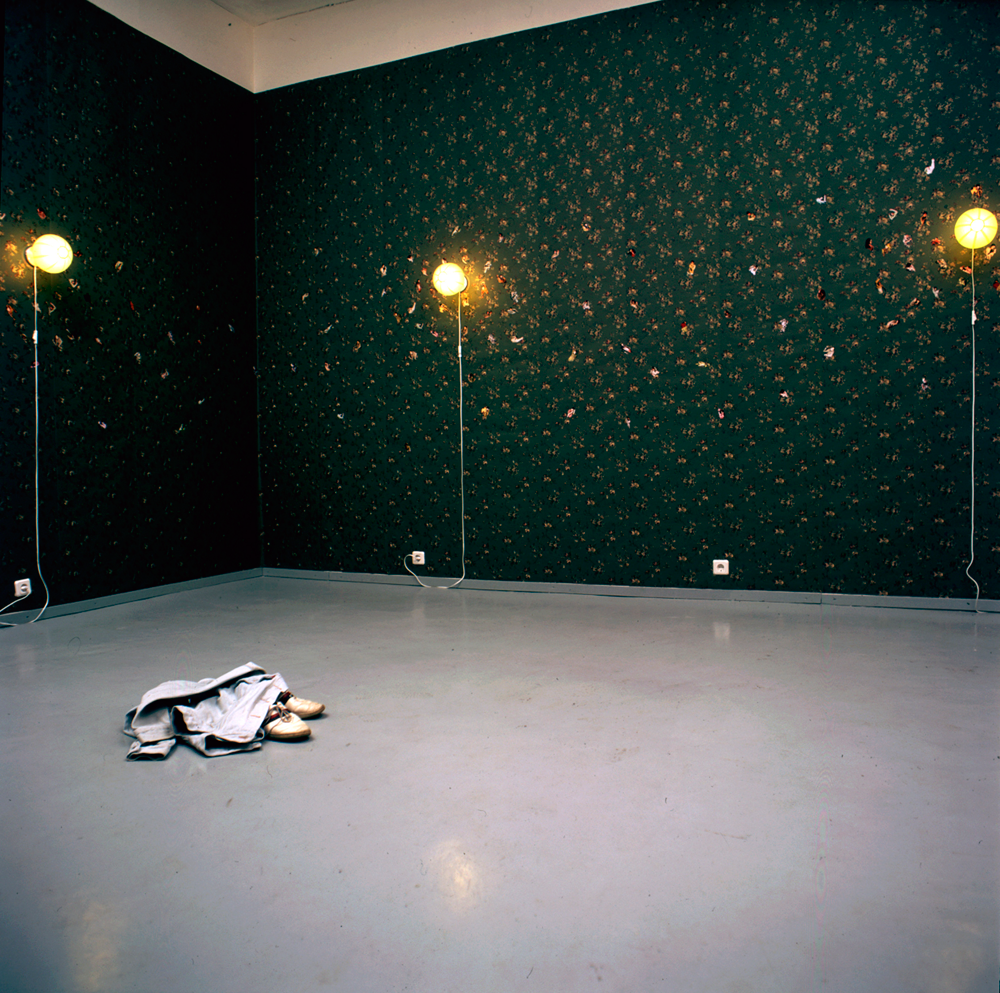Irina Korina
Moscow Museum of Modern Art, Russia
Moscow Museum of Modern Art, Russia

At the age of just 33, installation artist Irina Korina is young to be granted a retrospective. But on walking through her exhibition of works dated from 1999 to 2008, it seems that the label ‘emerging artist’ never applied to her. Korina’s room-sized installations, which incorporate sculpture and everyday objects, apparently emerged out of the blue almost fully formed, with a distinct style and an intuitive ability to define spaces.
Korina’s training as a scenographer lends her works their strong theatrical quality; her environments forcibly cast viewers as their component parts, and set these actors adrift without a defining text or a clear narrative. Urangst (2003), which replicates a dimly lit urban backstreet, quite literally makes for unsteady treading. The floor is covered with wooden planks that flop up and down at the touch of a foot, evoking the primary, unconscious fear of the title.
Part of the loose trend that Boris Groys calls ‘design dissidents’, Korina often works with cheap, disposable materials that recall the décor of the ordinary Russian home, be they the fragile half-sofa of Top-Model (2006) or the kitschy floral fabrics in her most recent works, Night Charge and Untitled (both 2008). While these indeterminate places might not conjure specific references in the manner of Ilya Kabakov’s Soviet apartments or toilets, Korina’s references are more abstract, prompting viewers to focus on her materials, surfaces and details. A closer look at the tacky wallpaper lining the walls of Camouflage (2001) reveals figures clipped from magazine photographs, either dressing or undressing, while mobile-phone ringtones bleat from all sides. Here, the voyeuristic delight of discovery is jarred by a nagging guilt at having caught these figures in a vulnerable and private state.
Korina’s strongest pieces are those that make these emotions physically manifest through our experience of walking through the installations and the memories they might conjure. The cramped environs of the smaller branch of MMOMA, where the show is staged, add a closeness and intimacy that heightens Korina’s ability to play on our emotions. Back to the Future (2004), a padded Styrofoam corridor leading to a wall that rises in front of a mosaic mural of happily waving Soviet cosmonauts, seems to express fond nostalgia for the futures past of many a Brezhnev-era childhood, but the claustrophobia of the tunnel hints at the madhouse. And :)) (2007) plays on the complications of modern communication by re-arranging household objects to look like smiling emoticons. Korina’s walls may have ears but these walls are also smiling back.























